| View previous topic :: View next topic |
| Author |
Message |
alex ph

Joined: 16 Mar 2013
Posts: 1614
|
 Posted: Thu Mar 01, 2018 3:20 am Post subject: Konica Macro-Hexanon 3.5/55 is back Posted: Thu Mar 01, 2018 3:20 am Post subject: Konica Macro-Hexanon 3.5/55 is back |
 |
|
alex ph wrote:
I've noticed that it makes two years since there have been some new samples from Konica Macro-Hexanon 3.5/55 on this forum. I've got a nice and not really expensive copy of it. Is not that a good reason to update the forum image bank? The weather is explicitly unfiendly, no flowers, almost the same for the sun. So, time for home picture taking.
All shots are made with a half stop next to wide open. Is must be something like 4.8? The camera is an APS-C Nex.
#1 I was intrigued first with huge strawberries which come in February from Spain. Not from Africa or some other no-winter place. Did they find a way to grow berries in one month? The strawberries are not bad, not too plasticky as for the first taste. But they have a weird way to degrade. Two or three days after the purchase you find them just shining, and the next day, oops, they are just like that and smell rotten. I think I would not take them anymore. But the Macro-Hexanon renders them beautifully well, with this play between scaring details of decay and the punchy still alive flesh.
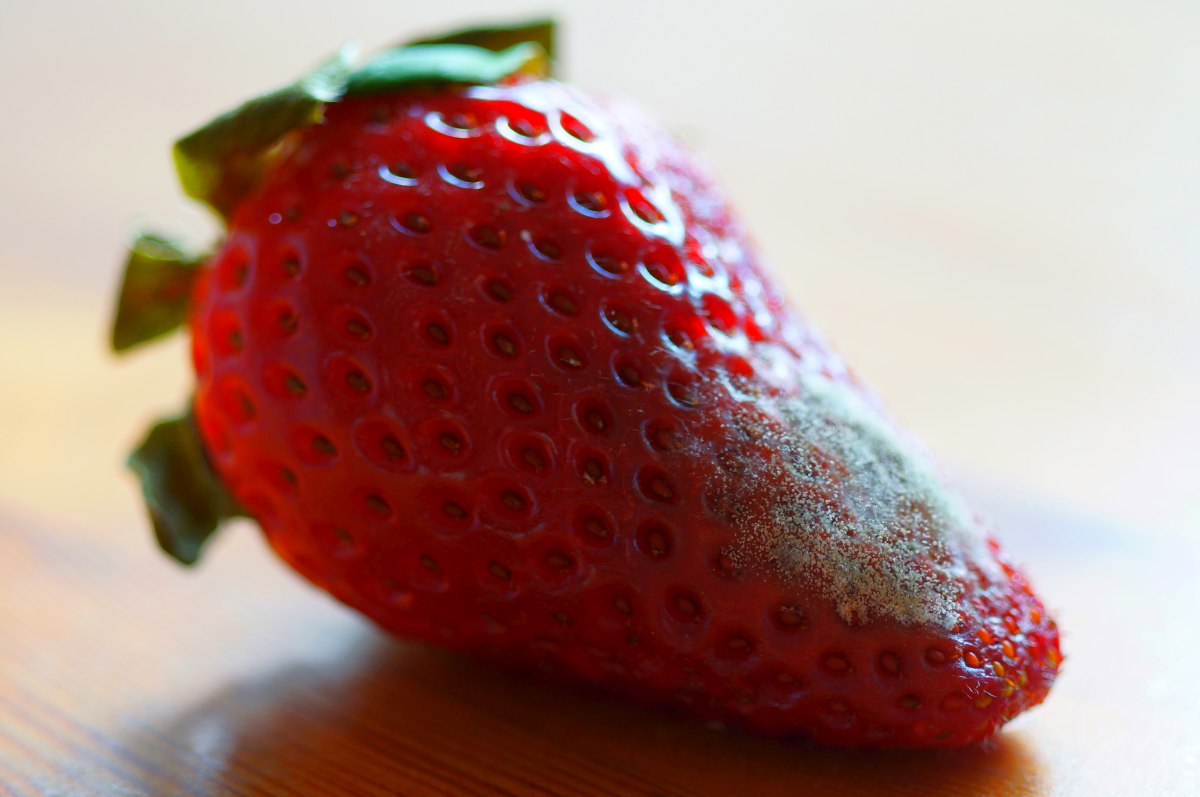
#2 I boosted high the colour saturation of the strawberry shot. But not of this one which comes natural straight on, with a very good detalisation and feel of the metal surface.
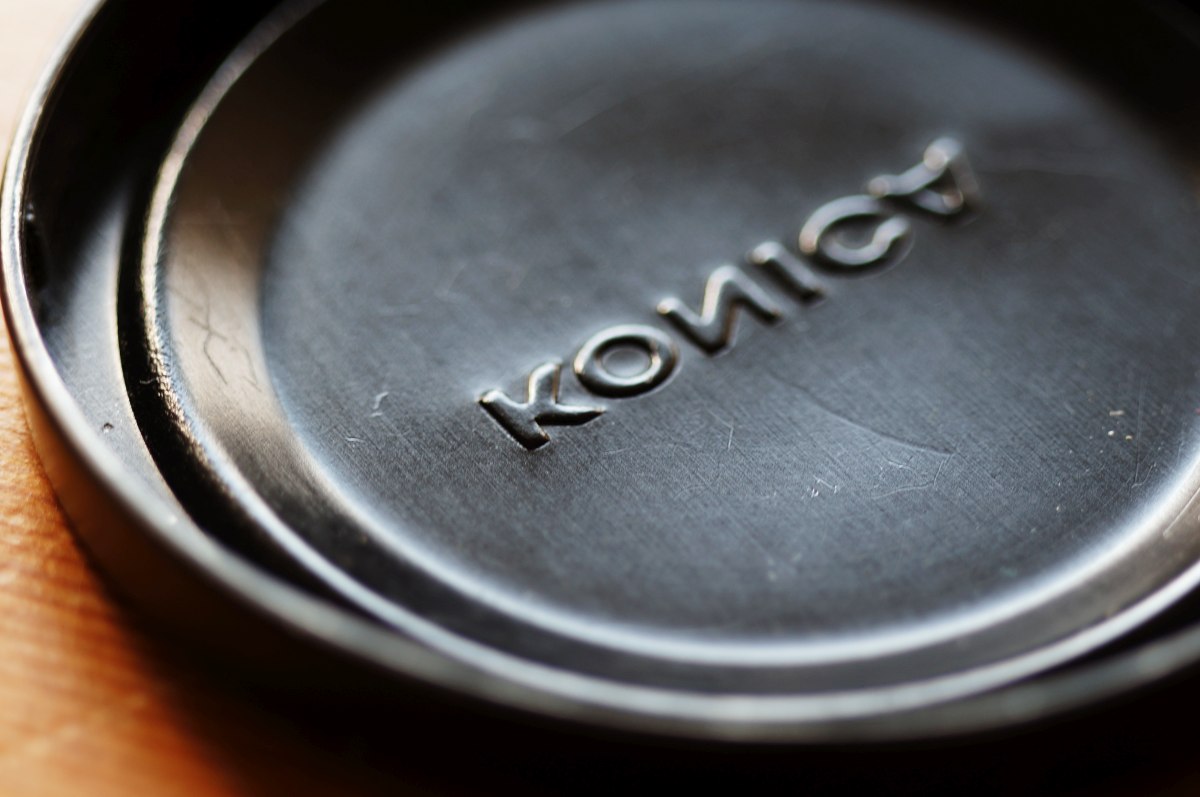
#3 This is a kind of an "outdoor" test under grey sky, no post processing, with an idea to see the DOF and appreciate the natural look of the item.
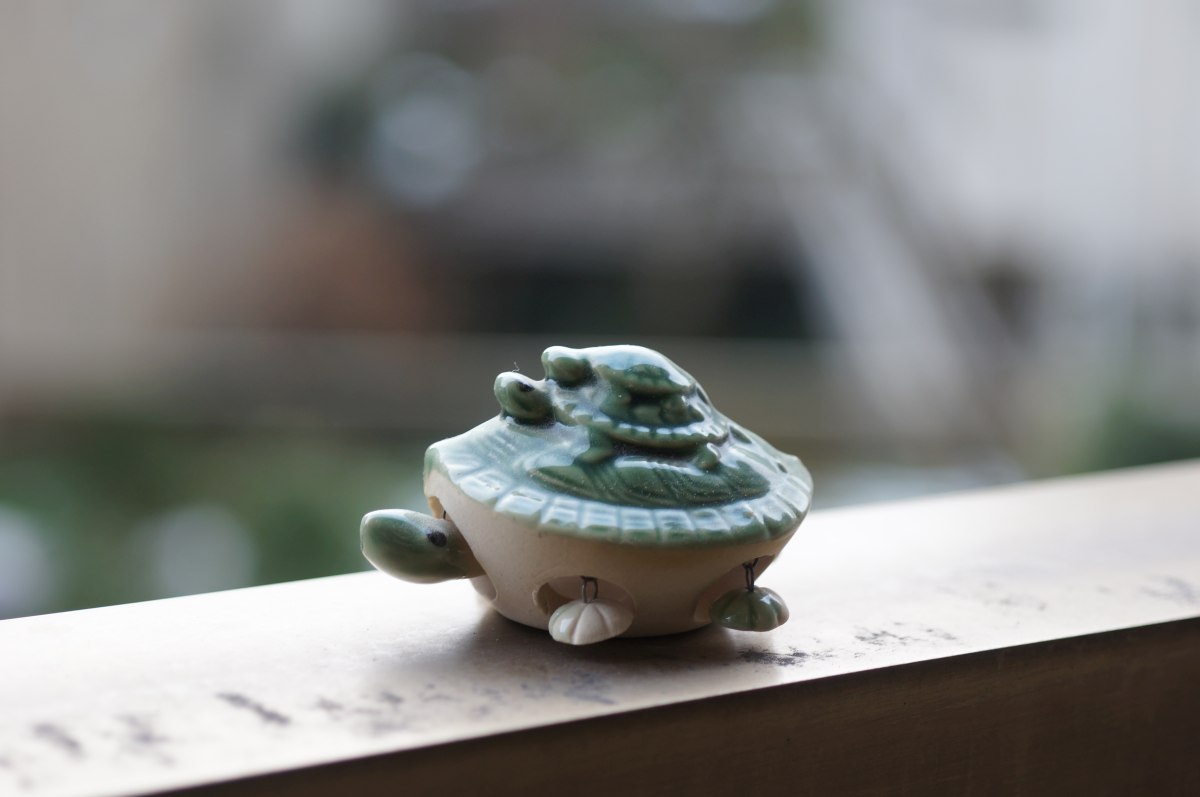
#4 And especially to compare it with a "prohibited" shot taken this time with a Hexanon 3.5/28 all metal (so, 7 lenses) version. Why "prohibited"? I remember Klaus and some others were once opposed to the idea of making "test shots" with lenses of different focal distances that optically do not have much in common. Though this is not a test of optical design, it's just an answer to a silent question of how natural the same object is rendered with two different lenses, especially if you do not own a dedicated macro one. This shot with a 28mmHexanon is taken with the aperture set to a half-stop next to wide open. It must be like f4.5? I would say, without pixel peeping, the 28mm Hexanon is well capable for close distance.
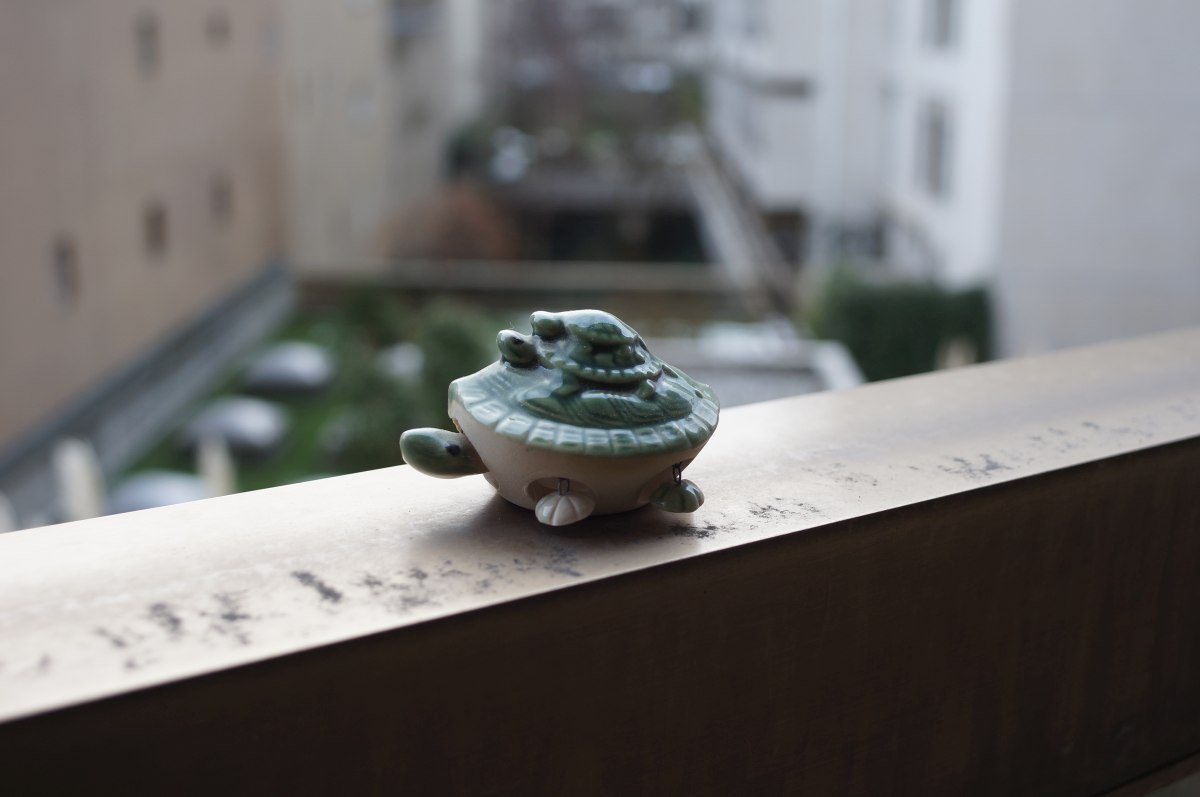
#5 A rare sunny moment, still in-door. A Macro-Hexanon shot near of a close "portrait" range. High detalisation is always here.
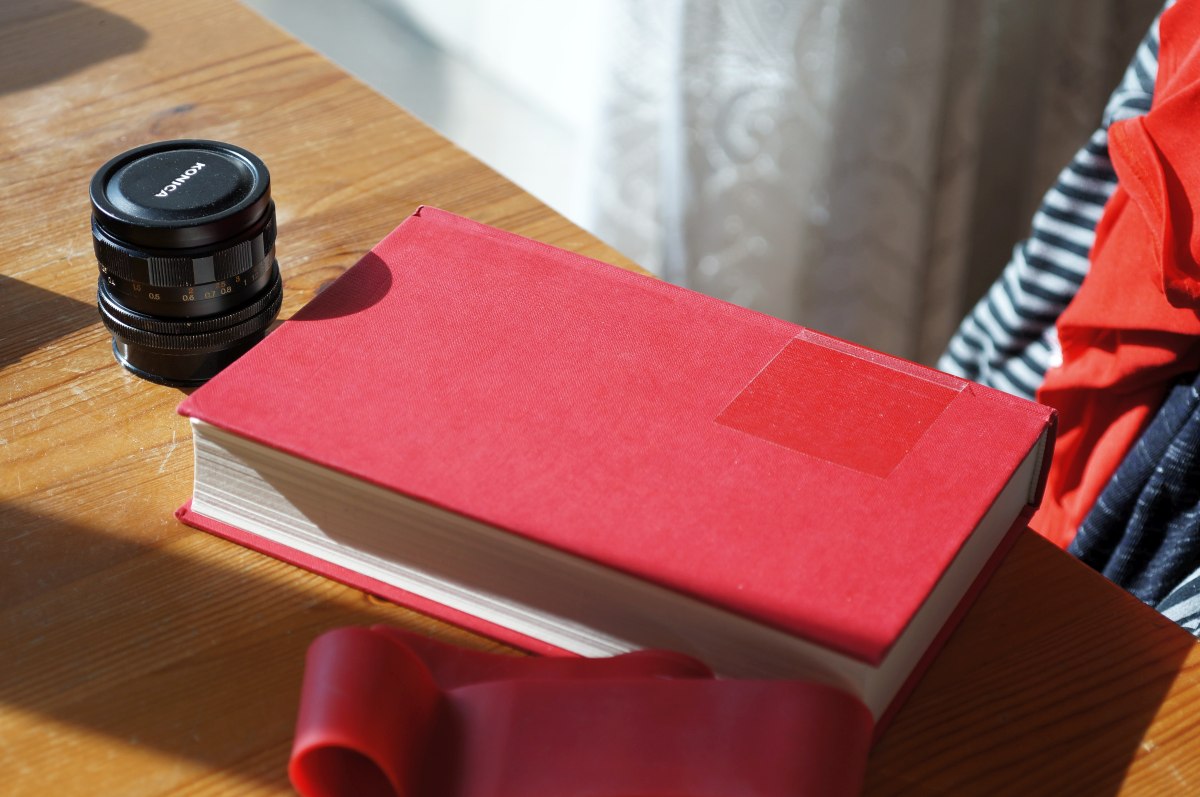
#6 This is something which intrigued me quite well (after the intrigue of the strawberries themselves) considering the way Macro-Hexanon renders the colours. This shot is taken in the same situation as the very first shot of the series. The light source is behind the strawberries, and it is not very bright. This way, the strawberries find themselves in the "shadow". And look, the lens renders them in some extent "desaturated", but in a really strong way. Is if I applied some post processing filter. But I did not. The colour is just gone, and a part of the flesh is just grey.
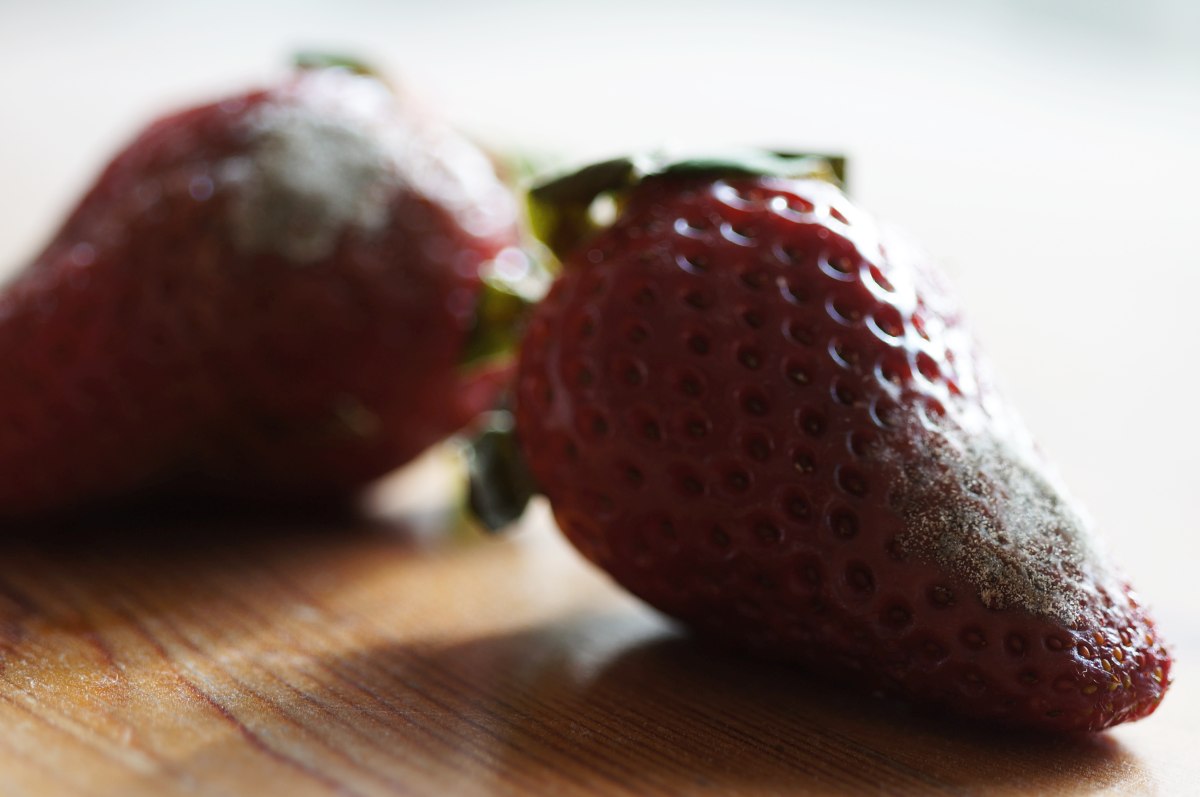
#7 But then you bump the saturation, and you do that high, much more than with other lenses, in my experience, the colour returns quite easily and naturally, as if you took the shot under a good and generous sunlight. Is not that colour play from a depressive coal grey to an optimistic summer breath rather striking?
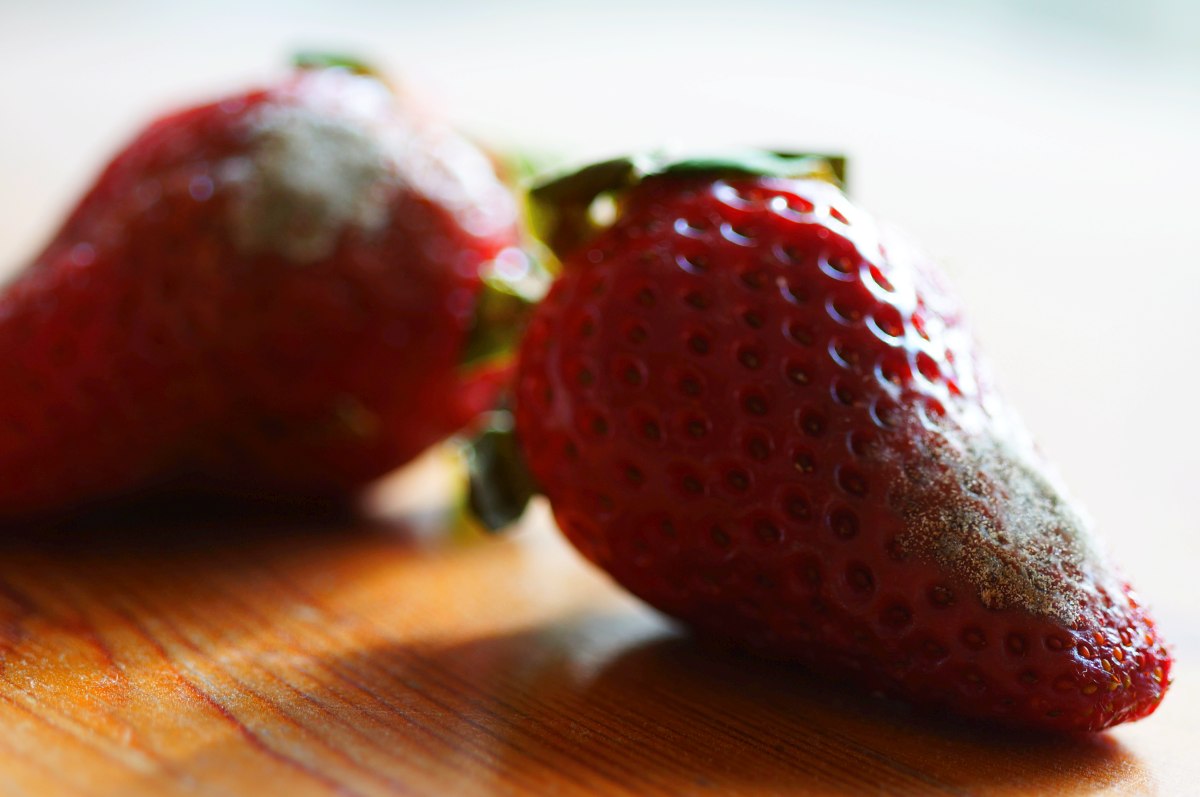 |
|
| Back to top |
|
 |
Oldhand


Joined: 01 Apr 2013
Posts: 5996
Location: Mid North Coast NSW - Australia
|
 Posted: Thu Mar 01, 2018 6:09 am Post subject: Posted: Thu Mar 01, 2018 6:09 am Post subject: |
 |
|
Oldhand wrote:
It certainly looks like a very capable lens.
Like all lenses, it needs its quirks understood and its strengths utilised.
Tom |
|
| Back to top |
|
 |
alex ph

Joined: 16 Mar 2013
Posts: 1614
|
 Posted: Sat Mar 03, 2018 12:49 pm Post subject: Posted: Sat Mar 03, 2018 12:49 pm Post subject: |
 |
|
alex ph wrote:
You are certainly right, Tom. I have never seen a Tessar which renders colours so differently depending from which side, the bright or the shadow one, you take your object. Taking into account the amazing sharpness of the lens, I wonder if this is in any manner connected to the glass composition and its refraction properties. |
|
| Back to top |
|
 |
alex ph

Joined: 16 Mar 2013
Posts: 1614
|
 Posted: Tue May 14, 2024 9:49 pm Post subject: Posted: Tue May 14, 2024 9:49 pm Post subject: |
 |
|
alex ph wrote:
I took out this nice lens for a walk, otherwise it sits too often in my cupboard. Detail and OOF are so pleasant.
#1 Slightly cropped
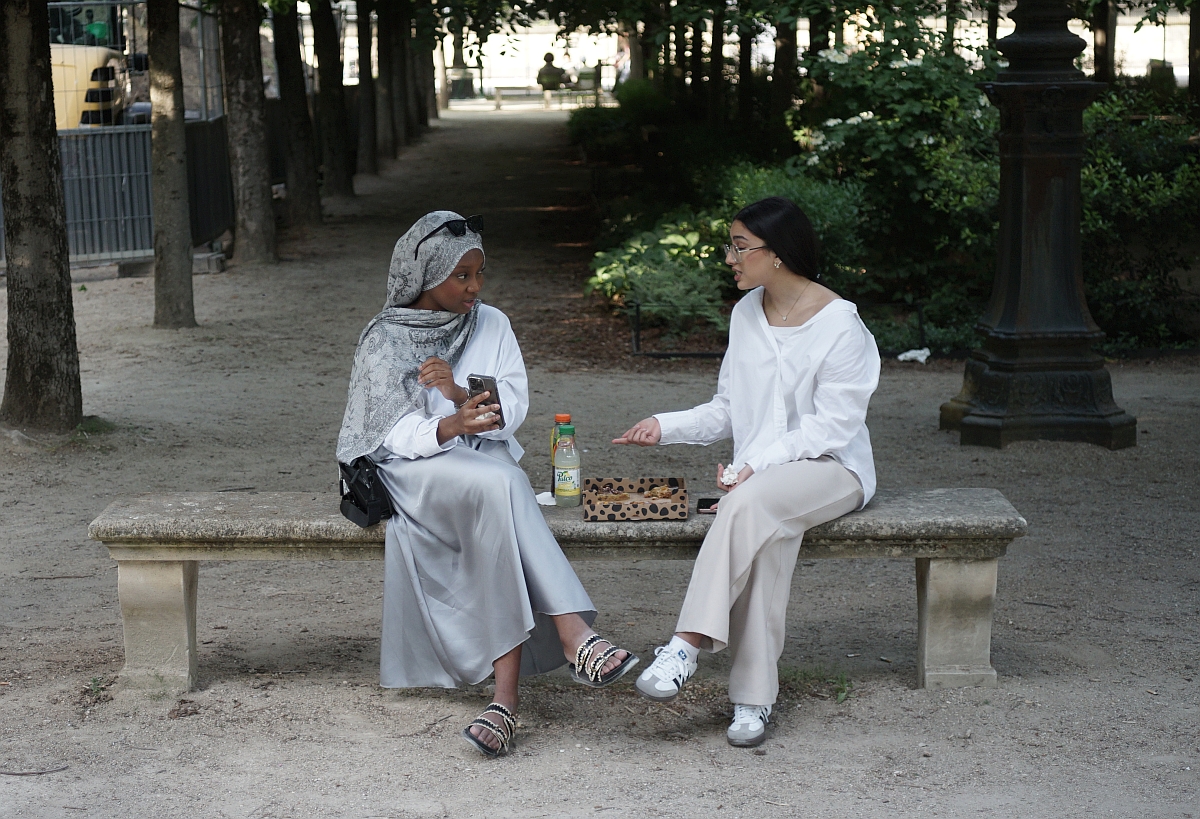
#2

#3
 |
|
| Back to top |
|
 |
alex ph

Joined: 16 Mar 2013
Posts: 1614
|
 Posted: Fri May 24, 2024 2:28 pm Post subject: Posted: Fri May 24, 2024 2:28 pm Post subject: |
 |
|
alex ph wrote:
Some more at macro distance, from WO to f8. Always on Sony Nex, with simple exposure/contrast tweaks.
#1
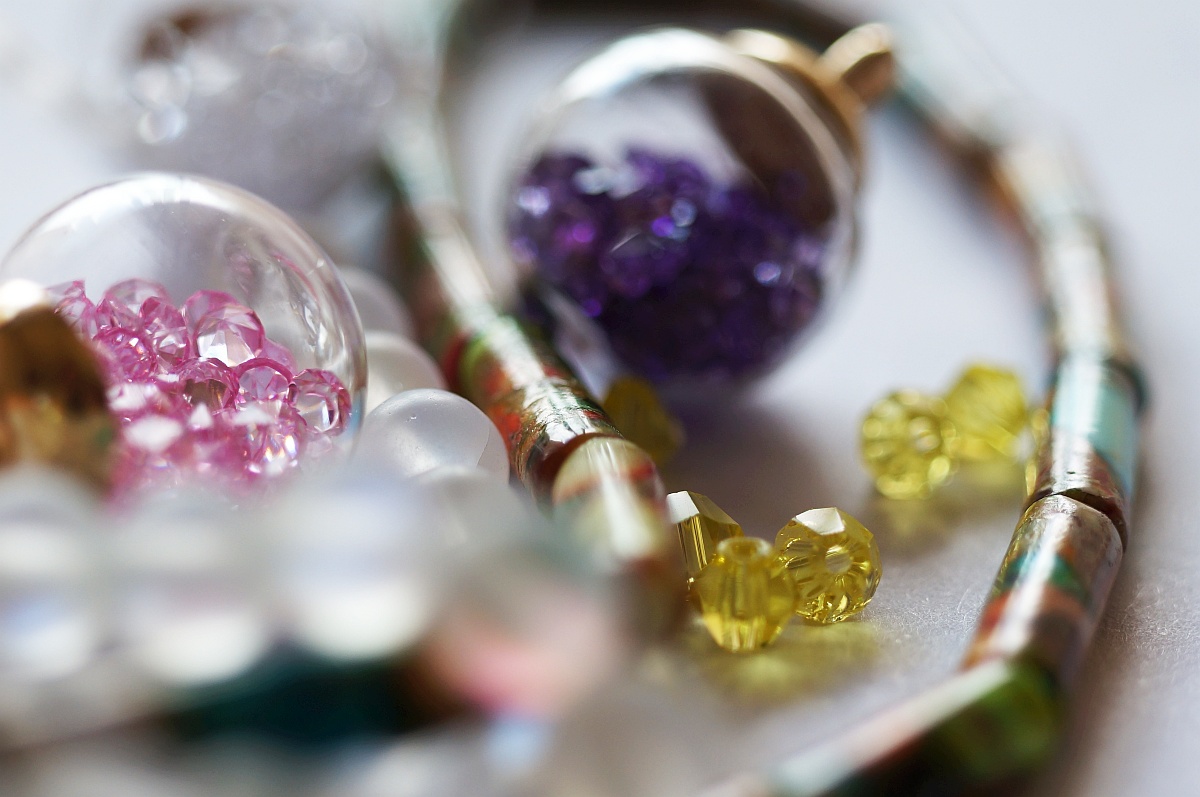
#2

#3
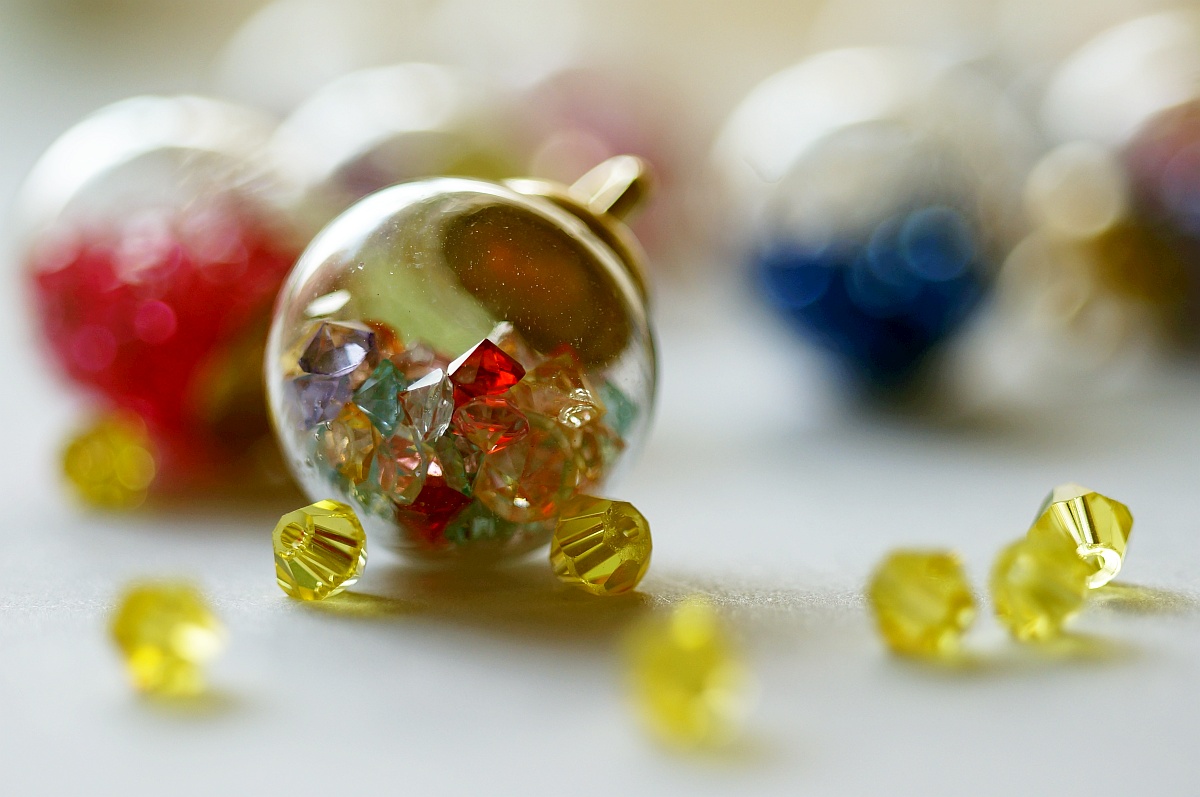
#4
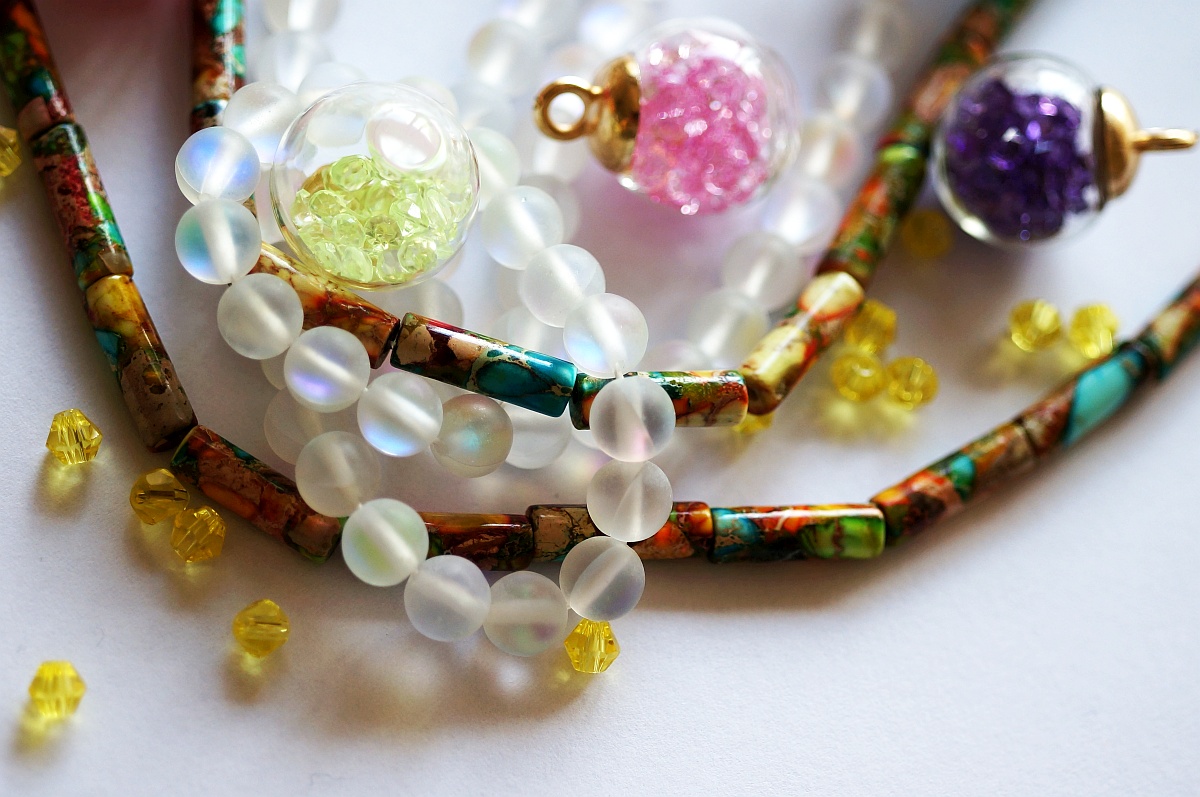
#5
 |
|
| Back to top |
|
 |
jamaeolus


Joined: 19 Mar 2014
Posts: 2946
Location: Eugene
Expire: 2015-08-20
|
 Posted: Fri May 24, 2024 2:49 pm Post subject: Posted: Fri May 24, 2024 2:49 pm Post subject: |
 |
|
jamaeolus wrote:

_________________
photos are moments frozen in time |
|
| Back to top |
|
 |
alex ph

Joined: 16 Mar 2013
Posts: 1614
|
 Posted: Fri May 24, 2024 6:08 pm Post subject: Posted: Fri May 24, 2024 6:08 pm Post subject: |
 |
|
alex ph wrote:
 |
|
| Back to top |
|
 |
visualopsins


Joined: 05 Mar 2009
Posts: 10778
Location: California
Expire: 2025-04-11
|
 Posted: Fri May 24, 2024 9:01 pm Post subject: Posted: Fri May 24, 2024 9:01 pm Post subject: |
 |
|
visualopsins wrote:
I stopped buying store-bought strawberries decades ago because of this. The wild strawberries around here around here are delicious. Not ripe yet; another week or two will be ripe. A fellow around here only a few miles away named Etter crossed the wild with a domestic he'd developed to produce the best-tasting berries I've ever eaten -- the Etter Strawberry, https://en.wikipedia.org/wiki/Albert_Etter#Strawberry_breeding
| Quote: |
Etter became known for his insistence on the value of using unimproved parent material, often taken from wild strains, and he frequently made 'wide' crosses between widely divergent genetic types.[9][10] In his work with strawberries, he showed other breeders the value of the beach strawberry (Fragaria chiloensis) as a source of germplasm conveying vigor, productivity, flavor, and disease resistance.[11][12] He also worked in a more minor way with F. virginiana species.[13] The Pacific Rural Press described his methods for strawberries and other plants in 1912.[14]
By 1910, Ettersburg 121 had become the leading variety in the Willamette Valley, Oregon, because its firm flesh, high color, and strong flavor meant that it canned well.[15] In 1912, you could get a gift of a dozen plants with your subscription to the Pacific Rural Press.[16]
In 1914, the press anticipated Etter's strawberry exhibit at the 1915 world's fair.[17][18] In 1915, Etter exhibited his strawberries at the Panama-Pacific International Exposition. "Among the other valuable features of the California Section were the strawberries of Albert Etter of Briceland, Humboldt County, California. Etter had made a study of the soul and vital essence of the American shortcake for twenty-six years and had produced so many varieties the writer can't believe his own notes on the subject."[19]
By 1920, Etter's catalog showcased over 50 new varieties, some of which achieved limited commercial success. None are commercially important today, although their germplasm continues in a number of modern cultivars.[20] In 1928, he donated all his strawberry material to the University of California, where his Ettersburg 121 became an ancestor of various commercially important varieties.[21][13] |
The local resort had an orchard of different apple trees. The Etter apples are among my favorite. Jonathans are a close second.
This one is an award winner imho!!!
| alex ph wrote: |
I took out this nice lens for a walk, otherwise it sits too often in my cupboard. Detail and OOF are so pleasant.
#1 Slightly cropped

... |
_________________
☮☮☮☮☮☮☮☮☮☮☮☮☮☮☮☮☮☮☮☮☮☮☮☮☮☮☮☮☮☮☮☮ like attracts like! ☮☮☮☮☮☮☮☮☮☮☮☮☮☮☮☮☮☮☮☮☮☮☮☮☮☮☮☮☮☮☮☮
Cameras: Sony ILCE-7RM2, Spotmatics II, F, and ESII, Nikon P4
Lenses:
M42 Asahi Optical Co., Takumar 1:4 f=35mm, 1:2 f=58mm (Sonnar), 1:2.4 f=58mm (Heliar), 1:2.2 f=55mm (Gaussian), 1:2.8 f=105mm (Model I), 1:2.8/105 (Model II), 1:5.6/200, Tele-Takumar 1:5.6/200, 1:6.3/300, Macro-Takumar 1:4/50, Auto-Takumar 1:2.3 f=35, 1:1.8 f=55mm, 1:2.2 f=55mm, Super-TAKUMAR 1:3.5/28 (fat), 1:2/35 (Fat), 1:1.4/50 (8-element), Super-Multi-Coated Fisheye-TAKUMAR 1:4/17, Super-Multi-Coated TAKUMAR 1:4.5/20, 1:3.5/24, 1:3.5/28, 1:2/35, 1:3.5/35, 1:1.8/85, 1:1.9/85 1:2.8/105, 1:3.5/135, 1:2.5/135 (II), 1:4/150, 1:4/200, 1:4/300, 1:4.5/500, Super-Multi-Coated Macro-TAKUMAR 1:4/50, 1:4/100, Super-Multi-Coated Bellows-TAKUMAR 1:4/100, SMC TAKUMAR 1:1.4/50, 1:1.8/55
M42 Carl Zeiss Jena Flektogon 2.4/35
Contax Carl Zeiss Vario-Sonnar T* 28-70mm F3.5-4.5
Pentax K-mount SMC PENTAX-A ZOOM 1:3.5 35~105mm, SMC PENTAX ZOOM 1:4 45~125mm
Nikon Micro-NIKKOR-P-C Auto 1:3.5 f=55mm, NIKKOR-P Auto 105mm f/2.5 Pre-AI (Sonnar), Micro-NIKKOR 105mm 1:4 AI, NIKKOR AI-S 35-135mm f/3,5-4,5
Tamron SP 17mm f/3.5 (51B), Tamron SP 17mm f/3.5 (151B), SP 500mm f/8 (55BB), SP 70-210mm f/3.5 (19AH)
Vivitar 100mm 1:2.8 MC 1:1 Macro Telephoto (Kiron)
|
|
| Back to top |
|
 |
alex ph

Joined: 16 Mar 2013
Posts: 1614
|
 Posted: Sun May 26, 2024 5:55 pm Post subject: Posted: Sun May 26, 2024 5:55 pm Post subject: |
 |
|
alex ph wrote:
| visualopsins wrote: |
This one is an award winner imho!!! |
Thank you for your appreciation and kind word!
You made me curious about the best tasting strawberries. As far as my internet reading suggests, Etter races are less spread in Europe than in North America. Pity! I must admit, in the two recent years the quality of strawberries improved, both for the taste and the speed of decay. This concerns at least those berries which are traded locally. I am still very curious about the Etter one! |
|
| Back to top |
|
 |
Zamo

Joined: 08 Feb 2019
Posts: 166
|
 Posted: Mon May 27, 2024 9:31 am Post subject: Posted: Mon May 27, 2024 9:31 am Post subject: |
 |
|
Zamo wrote:
Years ago The Newyorker published one of its very interesting, random-topic articles about strawberries:
https://www.newyorker.com/magazine/2017/08/21/how-driscolls-reinvented-the-strawberry
As for Spanish berries, they grow early in the year (that's their competitive advantage) in SW Spain mainly. This year we had a big controversy here about some Moroccan berries being contaminated with hepatitis A virus and about the fairness of competing with different health regulations and controls. |
|
| Back to top |
|
 |
visualopsins


Joined: 05 Mar 2009
Posts: 10778
Location: California
Expire: 2025-04-11
|
 Posted: Mon May 27, 2024 3:09 pm Post subject: Posted: Mon May 27, 2024 3:09 pm Post subject: |
 |
|
visualopsins wrote:
| Zamo wrote: |
Years ago The Newyorker published one of its very interesting, random-topic articles about strawberries:
https://www.newyorker.com/magazine/2017/08/21/how-driscolls-reinvented-the-strawberry
As for Spanish berries, they grow early in the year (that's their competitive advantage) in SW Spain mainly. This year we had a big controversy here about some Moroccan berries being contaminated with hepatitis A virus and about the fairness of competing with different health regulations and controls. |
 to me the Driscolls taste, well, they have none. And enjoying the wild strawberries for many years now already the following made me laugh! to me the Driscolls taste, well, they have none. And enjoying the wild strawberries for many years now already the following made me laugh!
| Quote: |
| It goes back to a variety called White Carolina, which is maybe the oldest strawberry variety still in existence,†Stewart said. “It dates back to the seventeen-hundreds.†|
Maybe not!!! LOL
I remember well https://www.smithsonianmag.com/science-nature/toxic-rise-california-strawberry-180967934/
| Quote: |
| the industry’s fumigant of choice—methyl bromide...fumigate soils before planting strawberries in order to kill soil-borne pests...banned under the Montreal Protocol on Substances that Deplete the Ozone Layer. The United States was supposed to phase out use by 2005, a deadline that was extended to 2015 and didn’t really take effect until two years later. Even so, this toxic chemical can still be used in nursery production to ensure that starter plants are virus- and pathogen-free. |
My own theory is antiseptic and antifungal treatments of produce storage and handling facilities has led to robust bacteria and fungus that can easily infect produce -- these typically grow fast after cold stored produce is put on warmer grocery shelves.
And the commercial rough-handled cold-storage apples and avocados that have severe bruising appear the day after bringing home from market. |
|
| Back to top |
|
 |
alex ph

Joined: 16 Mar 2013
Posts: 1614
|
 Posted: Tue May 28, 2024 11:14 am Post subject: Posted: Tue May 28, 2024 11:14 am Post subject: |
 |
|
alex ph wrote:
| visualopsins wrote: |
My own theory is antiseptic and antifungal treatments of produce storage and handling facilities has led to robust bacteria and fungus that can easily infect produce -- these typically grow fast after cold stored produce is put on warmer grocery shelves.
And the commercial rough-handled cold-storage apples and avocados that have severe bruising appear the day after bringing home from market. |
Your theory sounds well plausible! I suspected chemical treatment (growth nutrition included) in affecting the life of the fruits we have in supermarkets. But the variation of temperature conditions (that the berries difficultly bear) is to add to the list. Good point. |
|
| Back to top |
|
 |
|
|
|
You cannot post new topics in this forum
You cannot reply to topics in this forum
You cannot edit your posts in this forum
You cannot delete your posts in this forum
You cannot vote in polls in this forum
|
